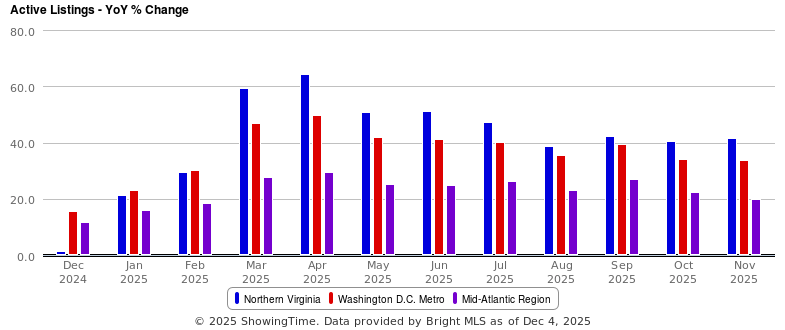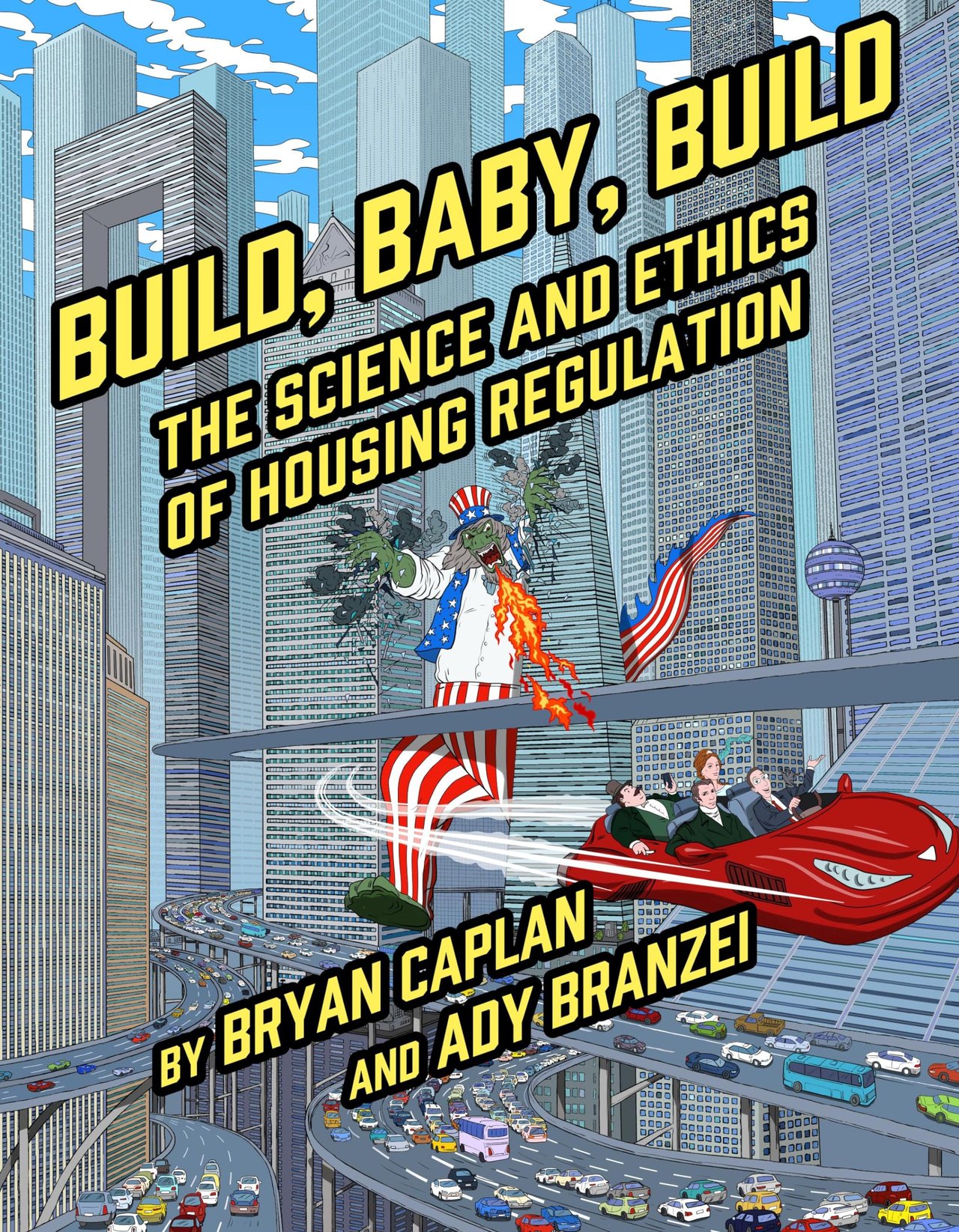Question: I’m hoping to buy my first home soon and saving enough cash is the biggest hurdle. Are there any strategies to limit the amount of money I need to save?
Required Cash to Buy
In order to purchase a home, you’ll need to have cash funds available for your down payment and closing costs. The down payment is based on the type of loan you choose, with the most common down payment amounts being 0% (Veteran Affairs loan), 3% (FHA), 5%, 10%, 20%, or 25% of sales price. Closing costs commonly reach 2-3% of the sales price and include things like taxes, title insurance, and lender fees.
Reducing Closing Costs
If you believe there’s room to negotiate on the home you’re making an offer on, you can negotiate that discount in the form of a seller subsidy (aka seller credit) instead of on the sale price. The subsidy will be credited directly against your closing costs, but any amount over your closing costs will go unused (cannot be credited against the down payment).
For example, if the home is listed for $500,000 and you believe you can negotiate a 2% discount (average discount from list price in Arlington over the last 12 months), you can target a $500,000 sale price with a $10,000 seller subsidy instead of a $490,000 sale prices and no subsidy. The seller receives $490,0000 from the sale either way. You reduce the amount of cash funds required to purchase by $10,000 (projected closing costs of $10,000-$15,000), but increase your total loan amount by $10,000. For many cash-strapped buyers, the benefit of reducing the immediate cash requirement outweighs the long-term cost of increasing the loan amount.
Let’s say it’s the first week a home is on the market and the seller refuses to negotiate on the price…there’s still an option. Using the example above of a $500,000 home, you can increase the sale price offer to $510,000, but include a seller subsidy of $10,000 so that the seller still nets the full asking price. Use this strategy with caution. Sellers may be hesitant to agree to the increase in sale price if there’s a concern that it won’t appraise for that amount. The implications of an appraisal being less than the contracted sale price put the seller at risk, but I’ll need another column to fully address that topic.
By including a seller subsidy, the sale price remains higher than it likely would be without it and there are some minor changes to overall costs based on items calculated as a percentage of sale price including recording fees, capital gains, and commission. The net effect on these is small relative to the transaction, but worth noting for both buyer and seller.
Before deciding how much of a seller subsidy you’ll ask for, be sure to get an estimate sheet from your lender, which will include estimated closing costs. Make to tell them what you’re using it for and confirm they haven’t left any closing costs or pre-paid items off. Remember, if the amount you get from the seller exceeds your closing costs, in most cases, it’ll go unused so I always recommend that my clients target a subsidy equal to just 90-95% of the estimated closing costs from the lender because the numbers can fluctuate in either direction.
As a buyer, would you prefer to reduce the amount of cash you need or keep your loan amount as low as possible?




